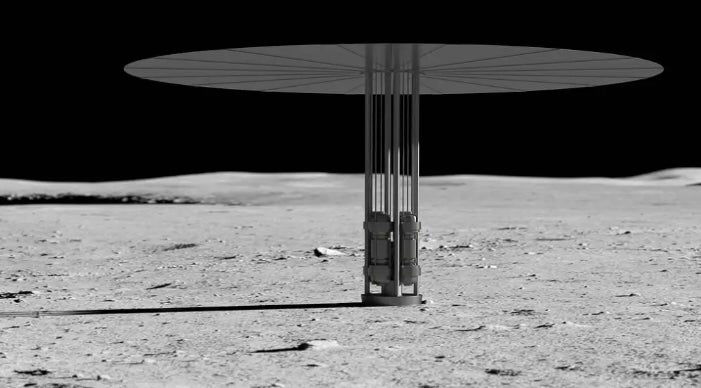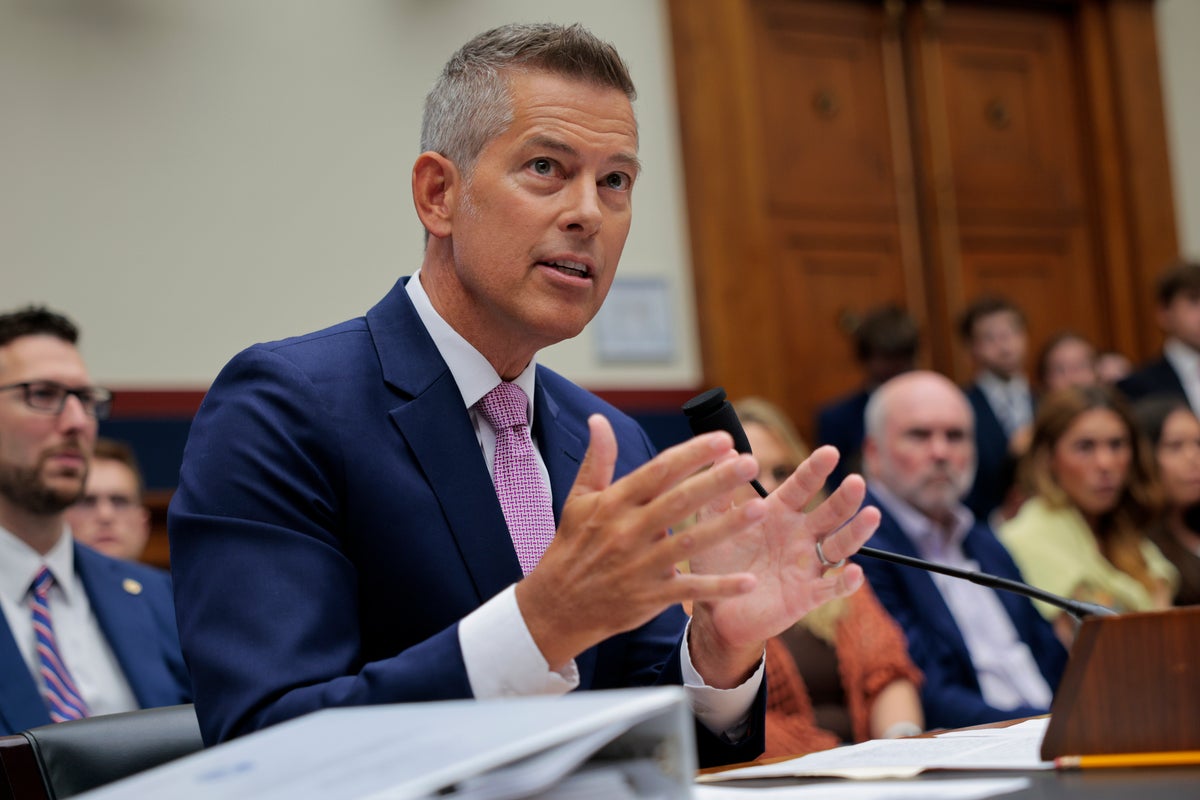Your support helps us to tell the story
From reproductive rights to climate change to Big Tech, The Independent is on the ground when the story is developing. Whether it’s investigating the financials of Elon Musk’s pro-Trump PAC or producing our latest documentary, ‘The A Word’, which shines a light on the American women fighting for reproductive rights, we know how important it is to parse out the facts from the messaging.
At such a critical moment in US history, we need reporters on the ground. Your donation allows us to keep sending journalists to speak to both sides of the story.
The Independent is trusted by Americans across the entire political spectrum. And unlike many other quality news outlets, we choose not to lock Americans out of our reporting and analysis with paywalls. We believe quality journalism should be available to everyone, paid for by those who can afford it.
Your support makes all the difference.Read more
President Donald Trump’s NASA chief Sean Duffy has expedited the timeline to build a nuclear reactor on the moon, according to a directive obtained by The Independent.
The space agency has already mentioned the benefits of developing fission surface power (FSP) on the moon and Mars.
“Relatively small and lightweight, fission systems are powerful and could enable robust operations on the Moon and Mars,” NASA writes on its website.
The agency says it’s currently working with the Energy Department and the space industry to design a fission power system that would provide at least 40 kilowatts of power.
In a directive sent to the heads of NASA on July 31, Duffy, the acting administrator of the agency and Trump’s transportation secretary, ordered that the nuclear reactor provide at least 100 kilowatts of power and be ready to launch by 2030.

open image in gallery
NASA chief Sean Duffy has expedited the timeline to build a nuclear reactor on the moon, according to a new directive (Chip Somodevilla/Getty Images)
The directive, first reported on by Politico, mentioned China and Russia’s joint effort to place a reactor on the moon by the mid-2030s. The two U.S. adversaries first announced their plans in March 2024.
“The first country to do so could potentially declare a keep-out zone which would significantly inhibit the United States from establishing a planned Artemis presence if not there first,” Duffy warned in the directive.
NASA’s Artemis campaign aims to establish the first long-term presence on the moon.
During Trump’s inaugural address, he said the U.S. would launch astronauts “to plant the stars and stripes on the planet Mars.”
“It is about winning the second space race,” a NASA senior official told Politico.

open image in gallery
An artist’s concept of a fission power system on the moon (NASA)
In Duffy’s new timeline, a Fission Surface Power Program Executive will be designated within 30 days of the directive. The executive “is empowered to provide reporting and updates with maximum transparency directly to the Administrator,” Duffy wrote.
Within 60 days, NASA will ask for industry proposals for the nuclear reactor, according to the directive.
The directive mentioned Trump’s budget request for the 2026 fiscal year, which includes $350 million for a new program “that will accelerate the development of high priority technologies for Mars, (i.e. FSP).”
The funding would increase up to $500 million starting in the 2027 fiscal year.
Trump’s budget request also proposes a huge cut to NASA, with The Planetary Society, a global non-profit space organization, reporting it’s the smallest budget proposed for the agency since 1961.
